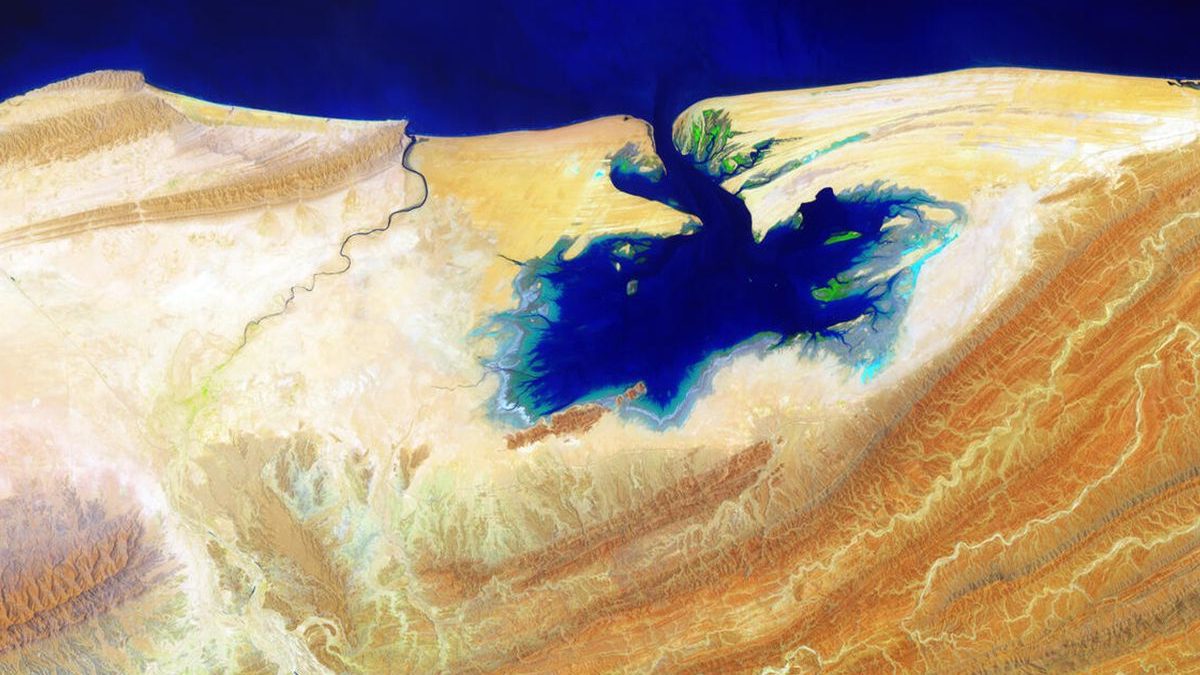
Diamonds can store data stably for long periods of time
University of Science and Technology of China
The famous marketing slogan about how a diamond is forever may only be a slight exaggeration for a diamond-based system capable of storing information for millions of years – and now researchers have created one with a record-breaking storage density of 1.85 terabytes per cubic centimetre.
Previous techniques have also used laser pulses to encode data into diamonds, but the higher storage density afforded by the new method means a diamond optical disc with the same volume as a standard Blu-ray could store approximately 100 terabytes of data – the equivalent of about 2000 Blu-rays – while lasting far longer than a typical Blu-ray’s lifetime of just a few decades.
“Once the internal data storage structures are stabilised using our technology, diamond can achieve extraordinary longevity – data retention for millions of years at room temperature – without requiring any maintenance,” says Ya Wang at the University of Science and Technology of China in Hefei.
Wang and his colleagues worked with small pieces of diamond only a few millimetres long, although they say future versions of the system could be in the form of larger storage discs. Their method used ultrafast laser pulses to knock some of a diamond’s carbon atoms out of place, leaving behind empty spaces the size of single atoms that each exhibited a stable brightness level.
By controlling the energy of the laser, the researchers could make multiple empty spaces at specific sites within the diamond, and the density of those spaces influenced each site’s overall brightness. “The number of empty spaces can be determined by looking at the brightness, which allows us to read the stored information,” says Wang.
The team then stored images – including Eadweard Muybridge’s 1878 sequence of photos showing a rider on a galloping horse – by mapping the brightness of each pixel to the brightness levels of specific sites inside the diamond. The system saved this data with more than 99 per cent accuracy and completeness.
This storage method isn’t yet commercially viable because it requires expensive lasers and high-speed fluorescence imaging cameras, along with other devices, says Wang. But he and his colleagues expect that their diamond-based system could eventually be miniaturised to fit within a space the size of a microwave oven.
“In the short term, government agencies, research institutes and libraries focused on archiving and data preservation would likely be eager to adopt this technology,” he says.
Topics:








Leave a Comment